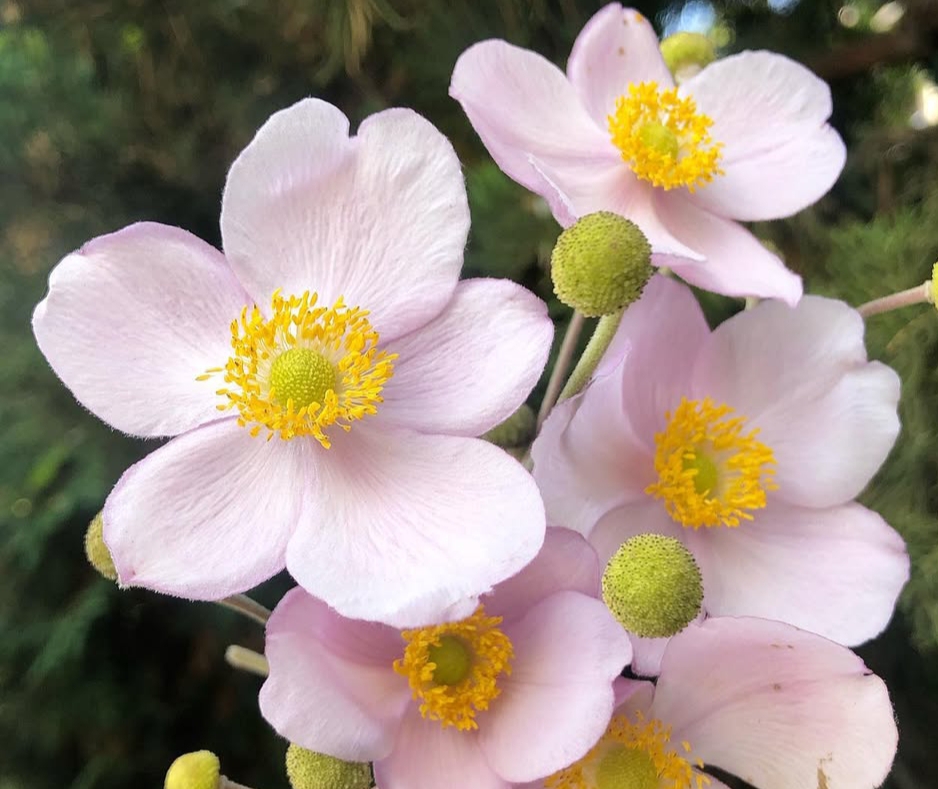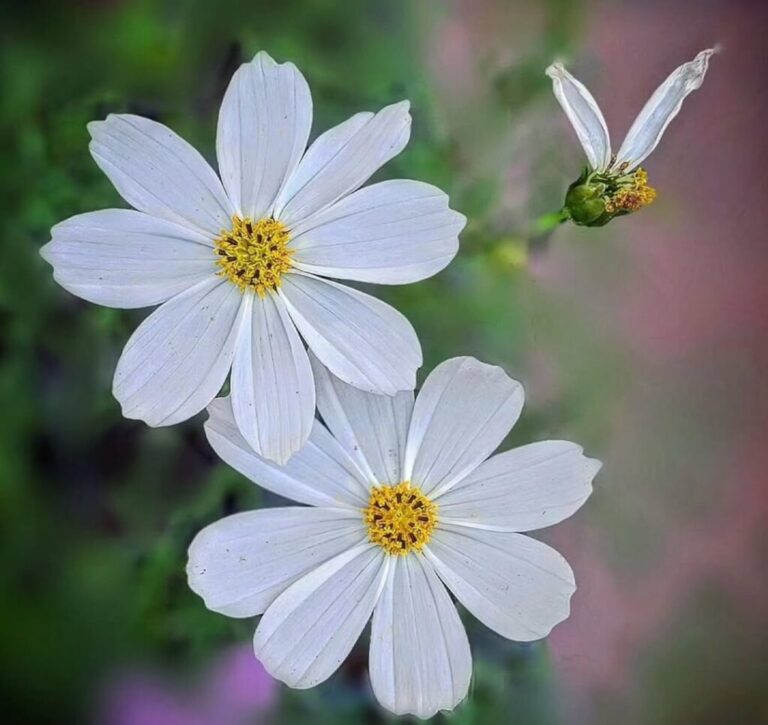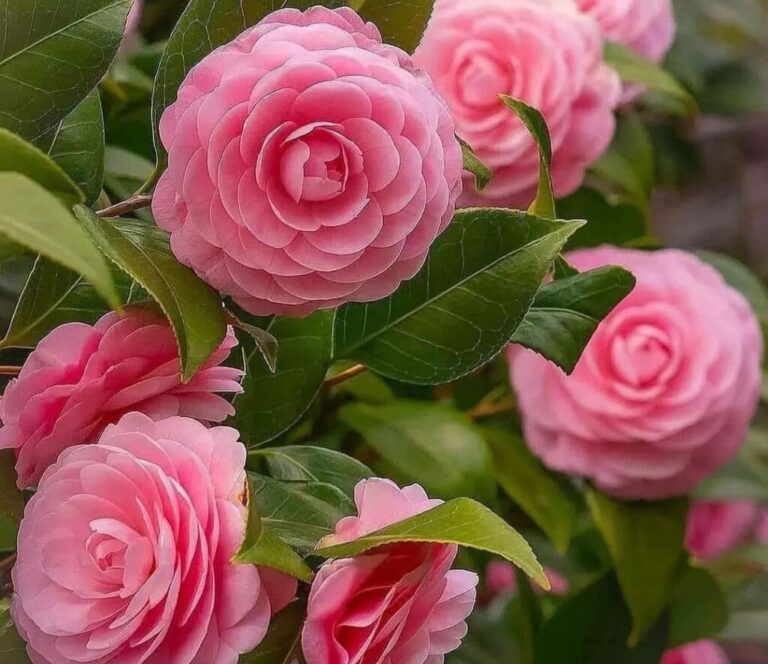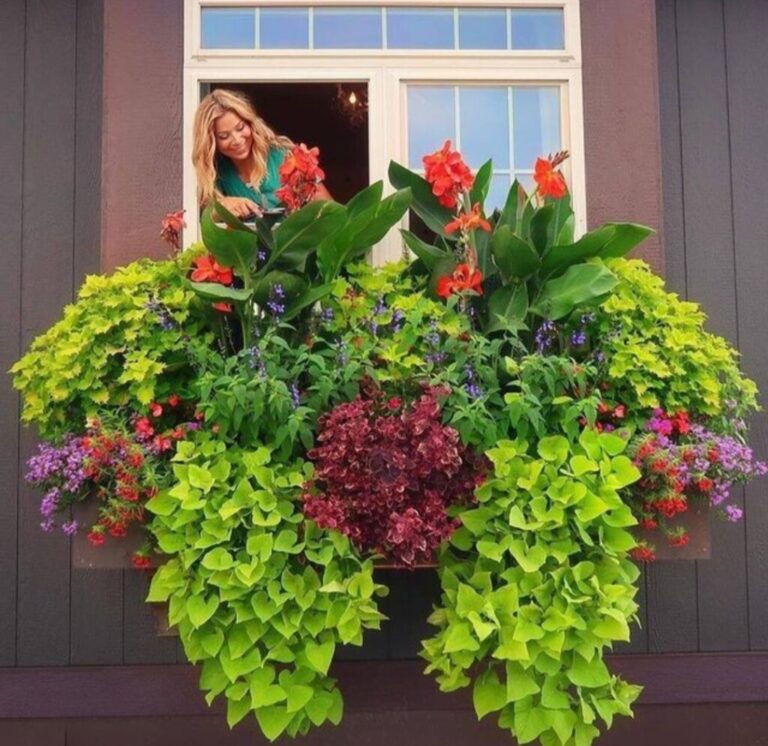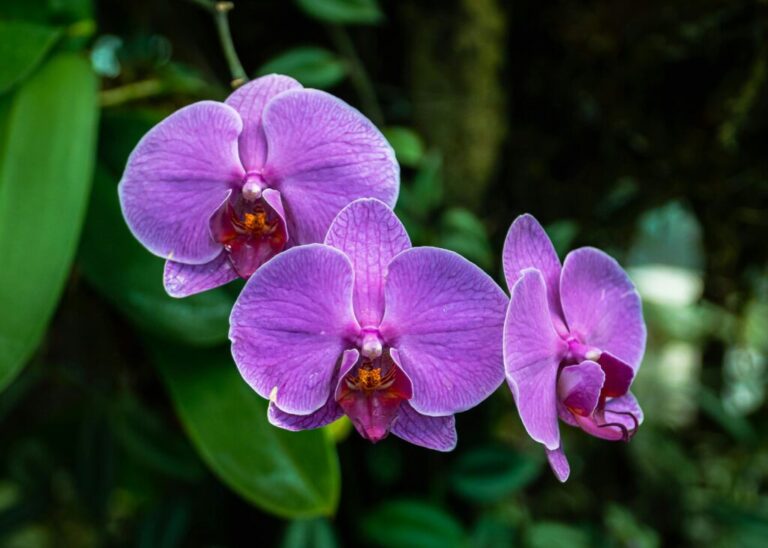Anemones, also known as pasqueflowers or windflowers, are one of nature’s most graceful and captivating blooms. Their vibrant colours, delicate petals, and unique ability to sway gently in the breeze have earned them a cherished spot in gardens worldwide. These flowers are renowned for their versatility and adaptability, thriving in various climates and garden setups. Whether you’re a novice gardener or a seasoned enthusiast, growing anemones can bring a touch of elegance to your outdoor space.
anemones hold cultural and symbolic significance. Throughout history, they have been associated with protection against evil and the arrival of spring. Their name, derived from the Greek word for “wind,” reflects their airy and ethereal nature. With proper care and attention, these blooms can become a centrepiece in your garden, transforming even the simplest landscape into a haven of beauty and serenity.
- 1 Types of Anemones
- 2 Spring-flowering Anemones,
- 3 On the other hand, fall-flowering
- 4 Ideal Growing Conditions
- 5 Soil quality
- 6 Sunlight preferences vary between species.
- 7 Planting Anemones
- 8 Care and Maintenance
- 9 Common Problems and Solutions
- 10 Companion Planting Ideas
- 11 Seasonal Care
- 12 Propagating Anemones
- 13 Uses in the Garden
- 14 Symbolism and History of Anemones
- 15 These historical and symbolic
- 16 Creative Ways to Use Anemones
- 17 Fun Facts About Anemones
- 18 Bringing Anemones Into Your Life
- 19 FAQS
Types of Anemones

Understanding the different types of anemones is crucial for successful cultivation. These plants are typically divided into two main categories: spring-flowering and fall-flowering varieties. Each type offers unique characteristics and benefits, making them suitable for diverse gardening needs.
Spring-flowering Anemones,
such as Anemone blanda and Anemone nemorosa, are among the first to bloom, bringing colour and life to gardens after the winter frost. Anemone blanda, commonly known as the Grecian Windflower, is loved for its daisy-like blooms in shades of blue, white, and pink. Similarly, Anemone nemorosa, or wood anemone, thrives in shaded areas and produces charming white or pale-coloured flowers that carpet forest floors and gardens alike.
On the other hand, fall-flowering
anemones, like Anemone hupehensis and Anemone japonica, bloom later in the year, providing an extended season of colour. These varieties are known for their larger flowers and robust growth, making them an excellent choice for filling gaps in late-season borders. With shades ranging from soft pinks and whites to deep purples, fall-flowering anemones add vibrancy and texture to autumn gardens.
By selecting a mix of spring- and fall-flowering varieties, gardeners can enjoy a continuous display of anemones throughout much of the year.
Ideal Growing Conditions
Providing the right growing conditions is essential for anemones to thrive. While these plants are relatively low-maintenance, ensuring they are planted in their preferred environment will maximise their health and flowering potential.
Anemones perform well in USDA hardiness zones 4–8, depending on the species. Spring-flowering types prefer cooler climates, while fall-flowering varieties are more tolerant of warmer conditions. It’s important to research the specific requirements of the variety you’re planting to determine the best time and place for cultivation.
Soil quality
is another critical factor. Anemones thrive in well-draining, fertile soil rich in organic matter. Soil that retains too much moisture can lead to root rot, so incorporating compost or other organic amendments can improve drainage while providing essential nutrients. Ideally, the soil pH should be slightly acidic to neutral, ranging from 6.0 to 7.0.
Sunlight preferences vary between species.
Spring-flowering anemones often thrive in partial shade, making them ideal for woodland gardens or areas with dappled sunlight. Conversely, fall-flowering varieties prefer full sun to partial shade, requiring at least six hours of sunlight daily to produce their best blooms.
Planting Anemones
Planting anemones is an exciting and straightforward process that sets the foundation for a thriving garden. The key to success lies in proper timing, preparation, and planting techniques.
Timing is crucial for optimal growth. Spring-flowering anemones should be planted in the fall, approximately 6–8 weeks before the first frost. This allows the corms to establish roots before the ground freezes. Fall-flowering varieties, on the other hand, are best planted in early spring after the last frost, ensuring they have ample time to develop before the blooming season.
Before planting, soak the corms in water for 2–4 hours. This step rehydrates the corms and speeds up the germination process. Once the corms are prepared, choose a well-draining planting site and dig holes 2–3 inches deep. Place the corms in the holes with the pointed end facing up, and space them 4–6 inches apart to allow room for growth and air circulation. Cover the corms with soil, water them lightly, and wait for the magic to happen.
Care and Maintenance
While anemones are relatively easy to care for, consistent maintenance ensures they remain healthy and produce abundant blooms. Regular attention to watering, fertilising, and other care practices will keep your plants thriving throughout the growing season.
Especially during dry seasons, watering is crucial. Maintain a uniform moisture content in the soil, but refrain from overwatering, as this might cause root rot. Mulching the area surrounding the base of the plants helps control soil temperature, keep moisture in, and keep weeds at bay.
Fertilising anemones with a balanced, slow-release fertiliser once or twice during the growing season promotes strong growth and vibrant flowers. Apply the fertiliser according to the manufacturer’s instructions, ensuring you don’t overfeed, as this can harm the plants.
Deadheading spent blooms encourages continuous flowering and prevents the plants from diverting energy into seed production. Additionally, cutting back foliage after the blooming season can help redirect nutrients to the corms, preparing them for the next growth cycle.
Common Problems and Solutions
Despite their resilience, anemones can encounter issues related to pests and diseases. Being proactive in identifying and addressing these problems is key to maintaining healthy plants.
Common pests that harm foliage and flowers include slugs, snails, and aphids. Use organic methods like hand-picking, diatomaceous earth, or neem oil to control these pests. Another way to control aphid populations is to support natural predators like ladybirds.
Diseases such as powdery mildew and root rot may occur in humid conditions or poorly drained soil. To prevent these issues, ensure proper spacing between plants for good air circulation and avoid overhead watering. Removing infected foliage promptly can prevent the spread of disease.
Companion Planting Ideas
Anemones are excellent companions for a wide range of plants, enhancing garden aesthetics and promoting biodiversity. In spring gardens, pair them with tulips, daffodils, and hyacinths to create a vibrant tapestry of colour. The contrast between Anemones’ delicate petals and the bold shapes of these flowers adds depth and visual interest.
For fall gardens, consider combining anemones with asters, sedums, and ornamental grasses. These pairings create a harmonious blend of textures and colours, ensuring your garden remains lively and engaging as the season changes. Companion planting also supports pollinators, attracting bees, butterflies, and other beneficial insects.
Seasonal Care
Caring for anemones throughout the year ensures their longevity and success. Seasonal care practices vary depending on the climate and the variety you’re growing.
In colder regions, apply a thick layer of mulch over the planting area during winter to protect corms from freezing temperatures. For areas with harsh winters, consider digging up the corms after the foliage dies back. Store them in a cool, dry place and replant them the following season.
In warmer climates, ensure anemones receive adequate water during hot, dry periods. Fall-flowering varieties may require additional shading during the peak of summer to prevent stress. Regularly monitor your plants for signs of distress and adjust your care routine accordingly.
Propagating Anemones
Propagating anemones is a rewarding way to expand your garden and share these beautiful plants with others. The two primary methods of propagation are division and seed sowing.
Division is the simplest method and is best done after the blooming season. Carefully dig up mature clumps and separate the corms, ensuring each section has healthy roots. Replant the divisions immediately, spacing them appropriately to encourage healthy growth.
Seed propagation, while more time-consuming, allows you to grow new plants from scratch. Collect seeds in the fall and sow them in seed trays filled with a well-draining potting mix. Keep the trays in a cold frame or an unheated greenhouse over winter to mimic natural conditions. Germination may take several weeks, so patience is essential.
Uses in the Garden
Anemones are versatile and can be used in a variety of garden settings. They are ideal for borders, rock gardens, and woodland areas, where their delicate blooms add a touch of elegance. In containers, anemones provide a pop of colour on patios and balconies.
These flowers are also popular in cut flower arrangements, bringing their charm indoors. Their long-lasting blooms and vibrant hues make them a favourite among florists and gardeners alike. Whether used as a focal point or an accent, anemones enhance any garden with their beauty and grace.
Symbolism and History of Anemones
Beyond their beauty, anemones carry rich symbolism and historical significance, making them a meaningful addition to any garden. In Greek mythology, anemones are associated with the tragic love story of Aphrodite and Adonis. When Adonis was fatally wounded, it was said that Aphrodite’s tears mixed with his blood, and from this sorrow, anemones were born. This connection imbues the flower with themes of love, loss, and rebirth.
In the Victorian era, anemones were used to convey messages of anticipation and protection. Gifting anemones was a way of expressing concern for a loved one, symbolising the wish for their safety. Today, anemones continue to represent fragility and the fleeting nature of life, a poignant reminder to cherish the beauty around us.
These historical and symbolic
associations make anemones more than just garden plants. They become storytellers, adding depth and emotion to the spaces they adorn. By planting them in your garden, you’re cultivating not only beauty but also a piece of living history.
Creative Ways to Use Anemones
Anemones can be used creatively in garden design to elevate your outdoor space. Consider planting them in clusters for a naturalised look, mimicking the way they grow in the wild. This approach works particularly well in woodland gardens or beneath deciduous trees, where their delicate blooms create a serene and enchanting atmosphere.
For a more formal setting, use anemones as part of a structured border or alongside geometric hedges. Their soft, flowing appearance contrasts beautifully with the clean lines of formal gardens, creating a balanced aesthetic.
If you enjoy container gardening, anemones can bring vibrant colour to patios, balconies, or even indoor spaces. Pair them with complementary plants like ferns, ivy, or small evergreens for a visually appealing arrangement. Additionally, anemones make excellent cut flowers, adding elegance to bouquets and floral displays.
Fun Facts About Anemones
Global Diversity: There are over 120 species of anemones, native to regions across Europe, Asia, and North America.
Pollinator-Friendly: Anemones are excellent for attracting bees and butterflies, making them an eco-friendly choice for gardeners looking to support local ecosystems.
Seasonal Adaptation: Some species, like the Wood Anemone, can adapt to growing in shaded areas, making them a versatile option for less sunny gardens.
Bringing Anemones Into Your Life
Whether you’re cultivating a sprawling garden or a modest container display, anemones offer endless possibilities. Their timeless beauty, rich history, and low-maintenance nature make them a valuable addition to any gardener’s repertoire. Start your journey with anemones today, and watch as your garden transforms into a haven of colour, elegance, and joy.
By embracing these flowers, you not only enhance your outdoor space but also create a personal connection to nature’s wonders. With a little care and attention, anemones will reward you with years of stunning blooms and endless inspiration.
Growing anemones is a delightful journey that rewards gardeners with stunning blooms and a sense of accomplishment. These versatile flowers bring colour, texture, and movement to any garden, transforming ordinary spaces into extraordinary landscapes. By understanding their needs and providing proper care, you can enjoy the beauty of anemones year after year.
Whether you’re a beginner or an experienced gardener, anemones offer endless possibilities for creativity and inspiration. With their timeless appeal and adaptability, these flowers are sure to become a cherished part of your garden. Take the first step today and discover the joy of growing anemones.
FAQS
What are Anemones (pasqueflower or wind flower)?
Anemones, also known as pasqueflower or wind flower, are perennial plants known for their beautiful, vibrant flowers. They belong to the Ranunculaceae family and come in various species and colors, making them popular in gardens.
What are the best growing conditions for Anemones?
Anemones thrive in well-drained, fertile soil with a neutral to slightly alkaline pH. They prefer full sun to partial shade and should be planted in a location that provides shelter from strong winds.
How should I plant Anemones?
Plant Anemone tubers or seeds 1-2 inches deep, spacing them about 6 inches apart. If planting tubers, ensure the “eye” or sprouting point is facing upward. Water them thoroughly after planting.
Do Anemones need special care in winter?
Anemones are generally hardy, but it’s a good idea to mulch around the plants during winter to protect them from frost. In colder climates, you can lift and store the tubers indoors until spring if necessary.
How can I encourage Anemones to bloom?
To encourage blooming, provide Anemones with sufficient sunlight, water, and well-draining soil. Fertilizing with a balanced, slow-release fertilizer in the early spring can also promote healthy growth and more vibrant blooms.
Are Anemones prone to any pests or diseases?
Anemones are relatively pest-resistant, but they can sometimes fall victim to aphids, snails, and slugs. Make sure to inspect your plants regularly and remove any pests manually. Rotting roots or mildew can also occur if the plants are overwatered.
How do I propagate Anemones?
Anemones can be propagated through seeds or by dividing tubers in the fall. When dividing, make sure each tuber has at least one eye or growth point. Plant the divided sections immediately.
When can I expect Anemones to bloom?
Anemones typically bloom in early to mid-spring, depending on the variety. If you’ve planted tubers, they should begin blooming 4-6 weeks after sprouting.
.
